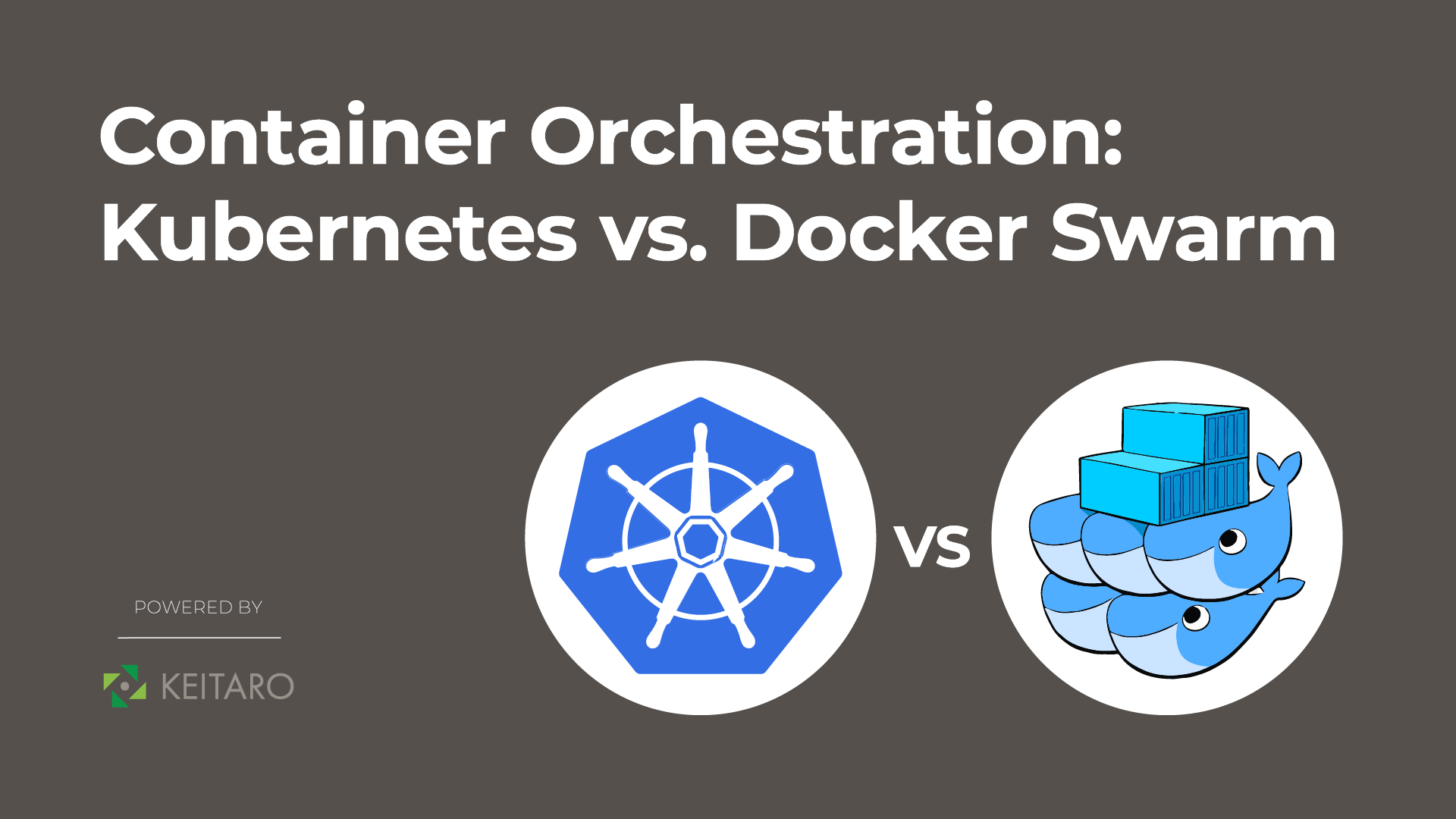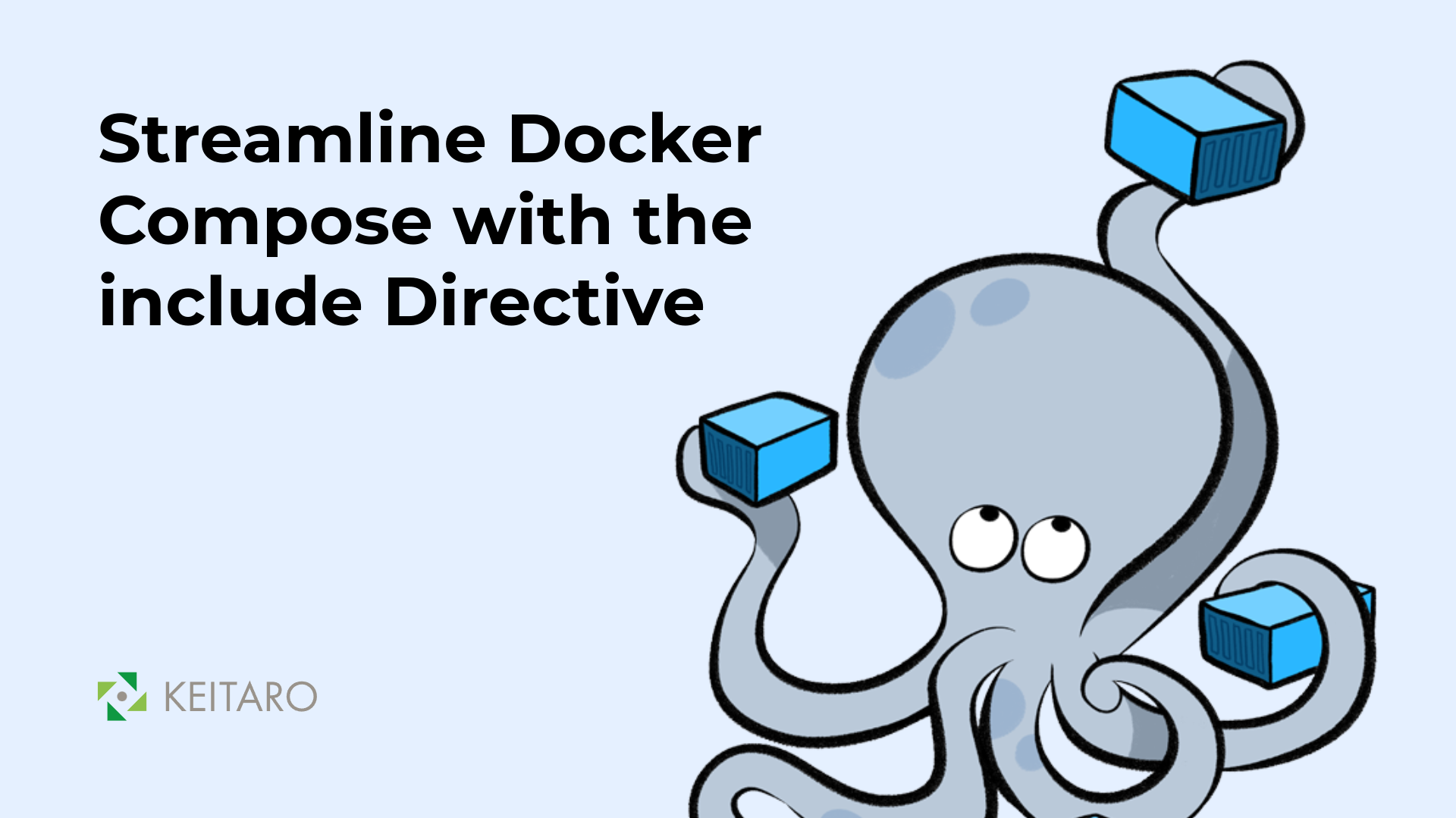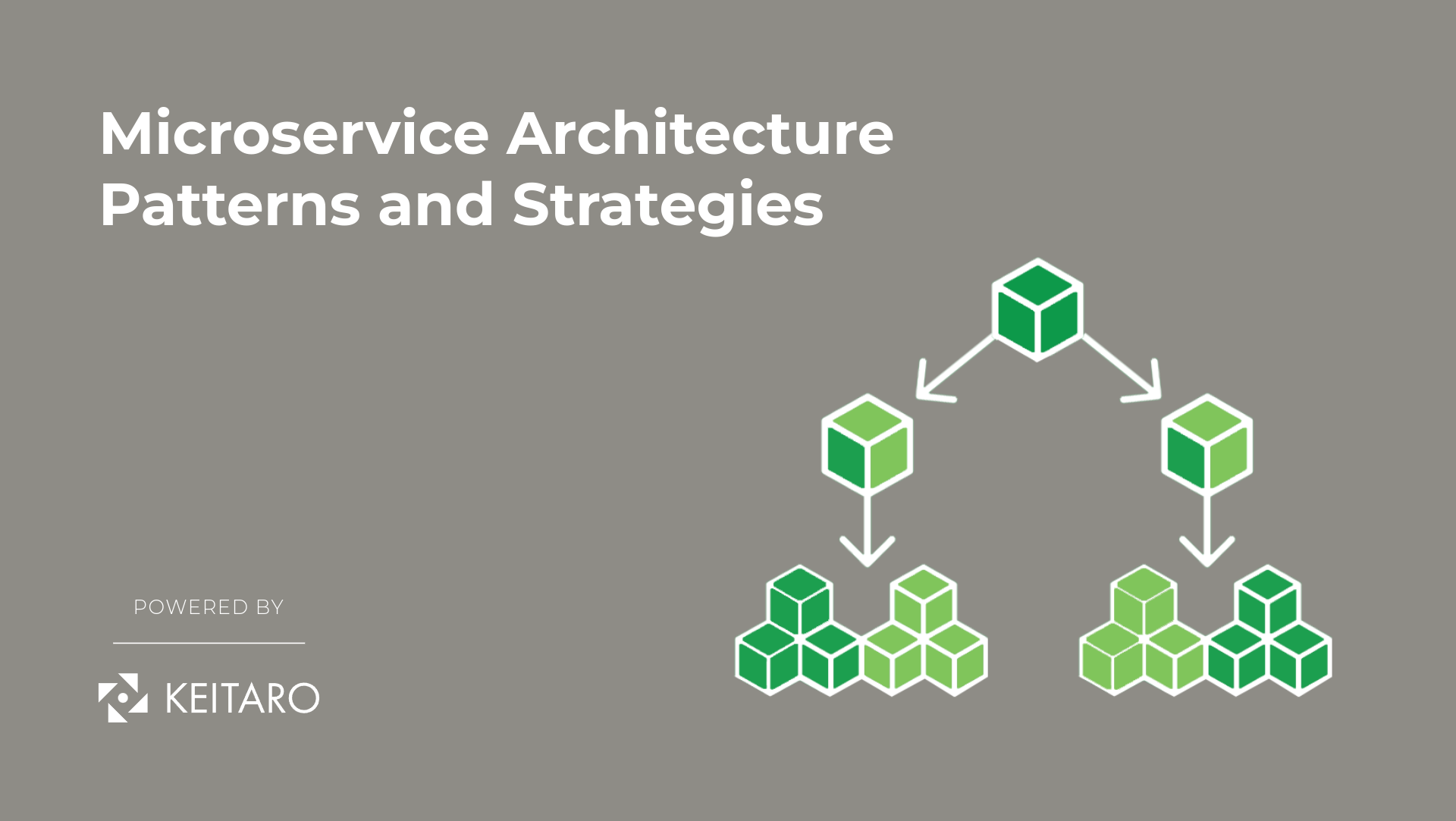Orchestrating the deployment and scaling of applications is crucial for efficiency. Two major contenders in this field are Kubernetes and Docker Swarm. Both platforms aim to simplify the management of containerized applications, though they take different approaches and offer unique features. Let’s dive into a comparison of Kubernetes and Docker Swarm to uncover their strengths and weaknesses.
Kubernetes
Kubernetes, commonly known as K8s, has become the default choice for container orchestration. Initially created by Google, it is now overseen by the Cloud Native Computing Foundation (CNCF) and has gained extensive adoption across various sectors.
Features:
- Scalability: Kubernetes seamlessly scales from a single node to thousands, making it ideal for large-scale deployments.
- Flexibility: Kubernetes offers versatile deployment options, allowing containers to run on-premises, in the cloud, or across hybrid and multi-cloud environments.
- Rich Ecosystem: Kubernetes boasts a diverse ecosystem of tools and services, providing support for various storage solutions, networking plugins, logging, monitoring, and more.
- Self-Healing: Kubernetes automates container management by automatically restarting failed containers, replacing and rescheduling containers when nodes fail, and terminating unresponsive containers based on user-defined health checks.
- Declarative Configuration: Infrastructure and application configurations in Kubernetes are managed declaratively through YAML manifests, simplifying understanding, management, and version control.
Drawbacks:
- Complexity: Kubernetes has a steep learning curve due to its complexity. Setting up and configuring Kubernetes clusters demands significant expertise and effort.
- Resource Intensive: Running Kubernetes clusters can be resource-intensive, consuming substantial memory and computational power. This overhead may be too high for smaller deployments.
- Management Overhead: Despite its powerful features, managing and maintaining Kubernetes clusters, including upgrades and security patches, can be challenging, leading to increased management overhead.
Example: Deploying a Simple Web Application with Kubernetes
apiVersion: apps/v1
kind: Deployment
metadata:
name: web-app
spec:
replicas: 3
selector:
matchLabels:
app: web
template:
metadata:
labels:
app: web
spec:
containers:
- name: web
image: nginx:latest
ports:
- containerPort: 80
---
apiVersion: v1
kind: Service
metadata:
name: web-service
spec:
type: LoadBalancer
selector:
app: web
ports:
- protocol: TCP
port: 80
targetPort: 80Docker Swarm
Docker Swarm provides a simpler and more straightforward approach to container orchestration compared to Kubernetes. It integrates seamlessly with Docker Engine, the container runtime also developed by Docker.
Features:
- Simplicity: Docker Swarm is straightforward to set up and begin using, especially when compared to Kubernetes. It aligns with Docker’s emphasis on simplicity and user-friendliness.
- Tight Integration with Docker: Being a part of the Docker ecosystem, Docker Swarm integrates seamlessly with Docker tools and commands, providing a familiar environment for Docker users.
- Built-in Security: Docker Swarm comes with built-in security features, such as mutual TLS (Transport Layer Security) encryption for secure communication between nodes, enhancing the overall security of your containerized environment.
- Horizontal Scaling: Similar to Kubernetes, Docker Swarm supports horizontal scaling of services, allowing you to dynamically add or remove containers based on demand, ensuring optimal resource utilization.
Drawbacks:
- Limited Features: Although Docker Swarm is simple to use, it may lack certain advanced features available in Kubernetes. These include auto-scaling based on custom metrics, advanced networking options, and fine-grained access control.
- Scalability: Docker Swarm may not scale as smoothly as Kubernetes in extremely large deployments or complex architectures. It may encounter challenges in managing and scaling resources in such environments.
- Community and Ecosystem: While Docker Swarm has a supportive community, it’s not as large or active as Kubernetes’. As a result, there are fewer third-party tools and integrations available, which may limit its extensibility and customization options.
Example: Deploying a Simple Web Application with Docker Swarm
# Initialize a Docker Swarm
docker swarm init
# Create a service for the web application
docker service create --name web-app --replicas 3 -p 80:80 nginx:latestConclusion
The choice between Kubernetes and Docker Swarm depends on specific needs, expertise, and the complexity of the environment.
- Kubernetes is suitable for a highly scalable, feature-rich platform with extensive community support and a wide range of deployment options. It’s well-suited for managing complex applications and large-scale deployments but requires more resources and expertise to manage effectively.
- Docker Swarm is the preferred option if you prioritize simplicity, ease of use, and tight integration with Docker tools. It’s a great fit for smaller deployments or teams familiar with Docker, where rapid development and deployment take precedence over managing complex infrastructure.
In summary, Kubernetes offers greater power and flexibility, while Docker Swarm provides simplicity and ease of use. At Keitaro, we take the time to assess your requirements carefully to ensure you select the right container orchestration platform for your needs.



